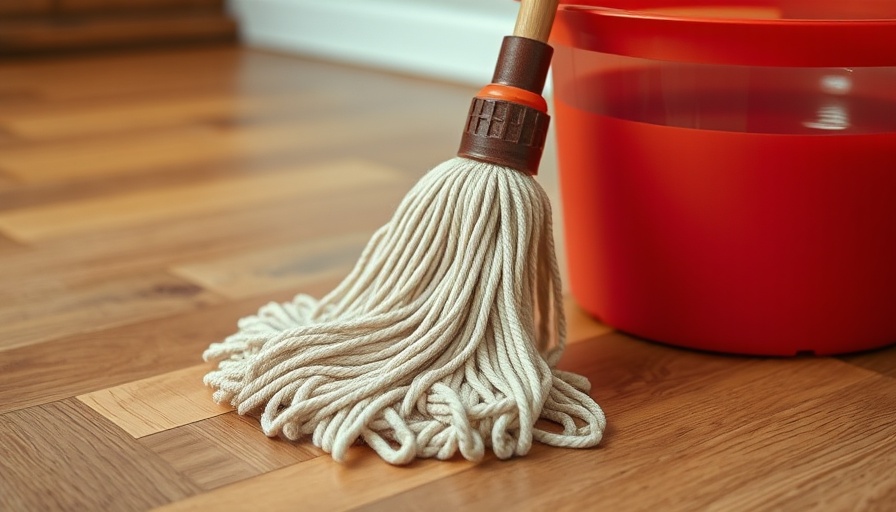
Mastering the Art of Mopping: A Comprehensive Guide
Are you tired of ending up with floors that seem dirtier after mopping than before? This common predicament stems from improper mopping techniques and cleaning habits. Fear not! This guide will illuminate the right way to mop your floor effectively, ensuring it sparkles without any grime left behind.
Why Sweeping Comes First
Before engaging your mop, it's crucial to sweep or vacuum the floor. This vital step is often overlooked, but removing dirt and debris first sets the stage for effective cleaning. Without this preliminary action, any mopping can lead to simply spreading dirt around, leaving your floor looking less than pristine.
The Secret of a Clean Mop
Another tip for achieving a spotless floor is by using a clean mop. A dirty mop will only transfer old dirt back to the floor, negating your hard work. Regularly washing your mop head with a suitable cleaning solution ensures it remains effective in picking up dirt and grime.
Step-by-Step Mopping Guide
To achieve that gleaming floor, follow these steps meticulously:
- Clear the Room: Remove furniture and obstacles.
- Sweep or Vacuum: Eliminate loose dirt and debris.
- Prepare Two Buckets: Fill one with cleaner and the other with clean water.
- Wring the Mop: Avoid soaking the floor by making sure the mop is damp, not dripping wet.
- Start in a Corner: Always move backward while cleaning to stay on the unmopped area.
- Rinse Frequently: Rinse the mop in the clean water bucket, wringing it out before moving onto the next section.
- Final Rinse Off: After finishing, mop the entire surface again with clean water to remove any remaining cleaning solution.
- Let it Dry: Prevent tracking dirt by keeping foot traffic off until fully dried.
Best Practices for Different Flooring Types
Using the right cleaning solutions based on your floor type is also key. For instance, hardwood floors require a pH-neutral cleaner to avoid damage, while vinyl floors can benefit from a vinegar and water solution, ensuring effectiveness without leftover residues. Each flooring type has unique needs, and using the wrong cleaner can lead to sticky or damaged surfaces.
Enhancing Your Cleaning Routine
Regular cleaning does not just maintain aesthetics but contributes to a healthier home environment. Frequent mopping helps reduce allergens and eliminates bacterial growth, making it essential particularly in high-traffic areas where germs often accumulate.
Conclusion: Your Clean Floor Awaits!
With consistent effort and the right techniques, maintaining clean floors can easily become part of your routine. As you embrace these mopping strategies, not only will your floors shine, but you'll also improve the overall air quality and hygiene of your home. Don’t wait — try out these techniques next time you mop!
 Add Row
Add Row  Add
Add 




Write A Comment